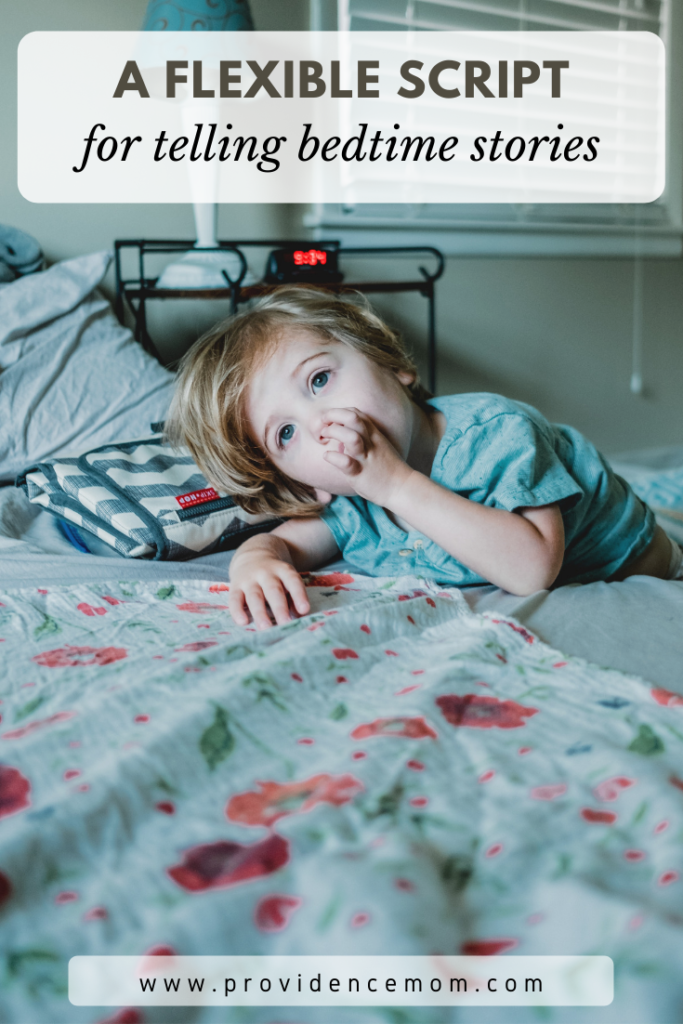 “Oh no, honey, Mommy doesn’t do that.”
“Oh no, honey, Mommy doesn’t do that.”
That’s what I always say when my kids ask me to tell them a story. It’s not as cruel as it sounds. I will read them a good book until I’m blue in the face. In fact, I’m pretty sure I have. I do different voices and accents, and fun character quirks. I’d dare to say that I am a naturally gifted bedtime story reader.
But inventing my own? Off the top of my head? This is definitely a weakness of mine. My husband, on the other hand, is a masterful storyteller. There are races, competitions, deaths, drama, and the occasional rap battle. Well, my husband recently started working nights, leaving a gaping hole in my children’s bedtime routine that reading Winnie the Pooh in all my best voices won’t satisfy.
I want to figure this out, not only for myself but for anyone else reading this who wants to get better at on-the-fly storytelling. The irony isn’t lost on me. Having a formula telling you how to do something spontaneous is a little silly, but hopefully, this is still helpful.
- Choose a character and setting. “Once upon a time in ___(setting)___ there lived ___(character)___.” See? This is super easy so far! We are all master storytellers.
- Choose a positive attribute/lesson (bravery, patience, kindness, etc).
- Make sure your character, at the beginning of the story, is the opposite of whatever the positive attribute is. ” ___(character)___, no matter how hard he tried, just could not be ___(attribute)___.”
- Give examples of ways in which your character struggles with the chosen attribute. Make this part as funny and outlandish as you can. If Brandon struggles with patience, you could say something like,”No matter how hard he tried, Brandon just could not be patient. Every morning he ran 3 miles to school instead of waiting for his bus. He showed up to school so sweaty from running that he had to change clothes. Usually, all he had at school were the itchy Christmas sweaters his Aunt Myrna knit for him and slacks that he had outgrown.
At 9:07 am every single day you’d find Brandon in the bathroom eating his lunch because he just could not wait until lunchtime! He just had such a hard time waiting.” This is your bread and butter, so to speak. Small details woven into this part are really what will make the story fun and memorable. - Set up a situation where the character has to stretch him/herself in order to show the positive attribute. “But one day, ___(event/situation)___. ___(character)___ had to ___(do something that requires a lot of chosen attribute)___ in order to ___(reward)___.
- Give details on how the conflict is ultimately resolved.
It’s not going to be on par with The Princess Bride right away, but you’ll probably get better with practice. Maybe one day, my husband will teach us how to engage in a rap battle with yourself as a story element. I think we need to get the basics down first before we graduate to his level of storytelling greatness.










